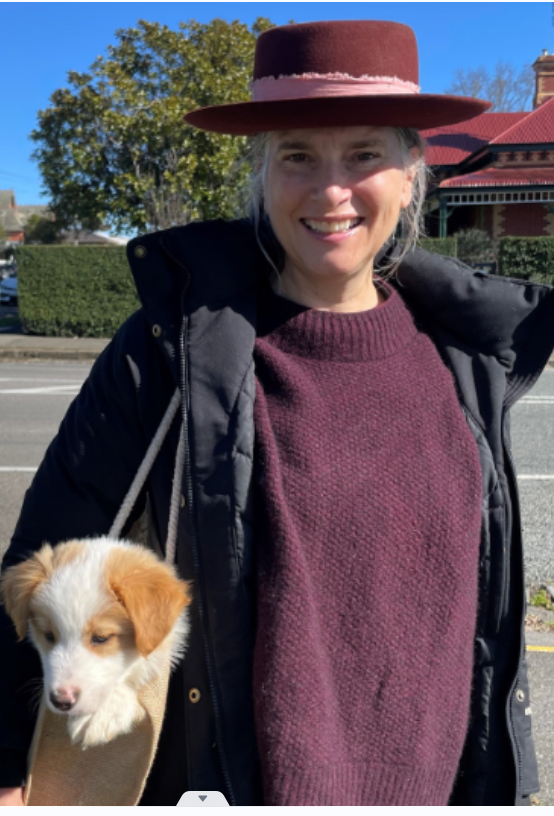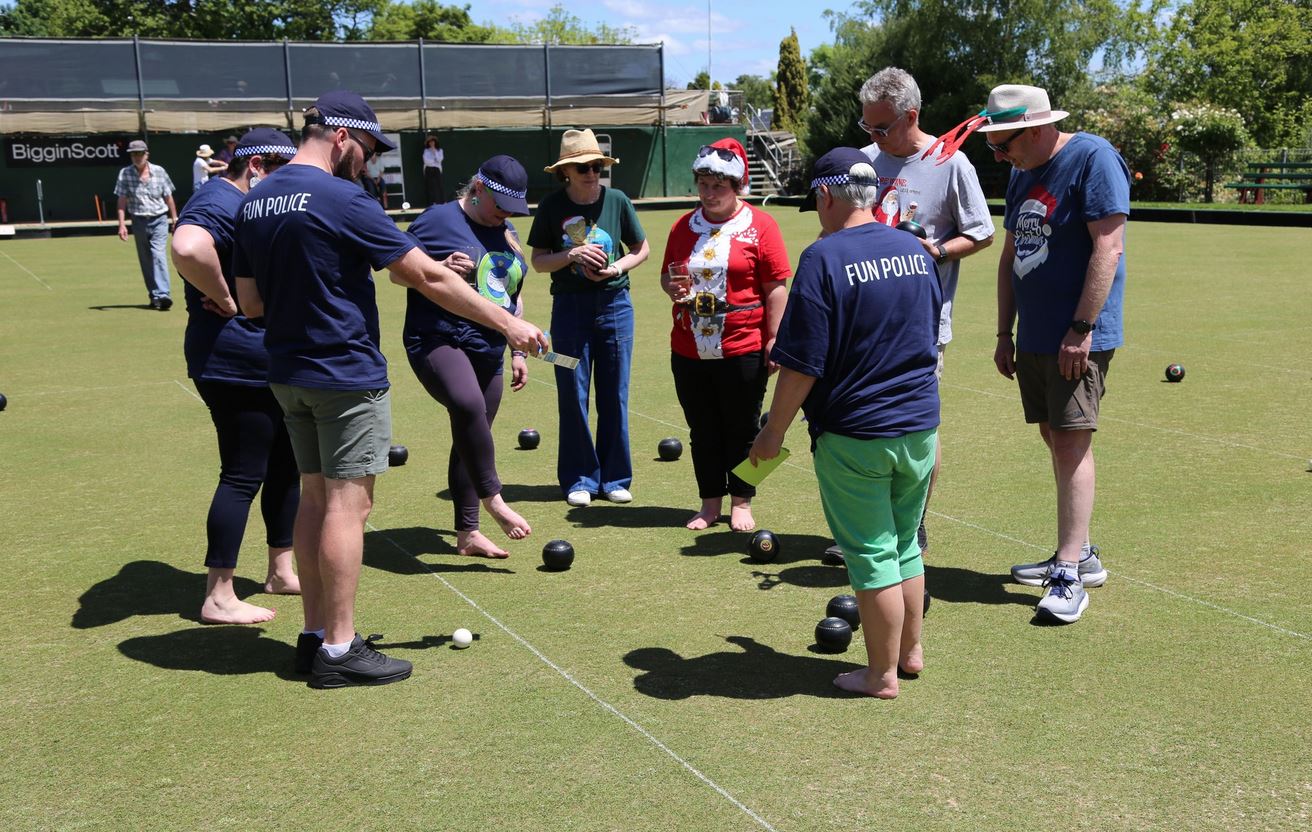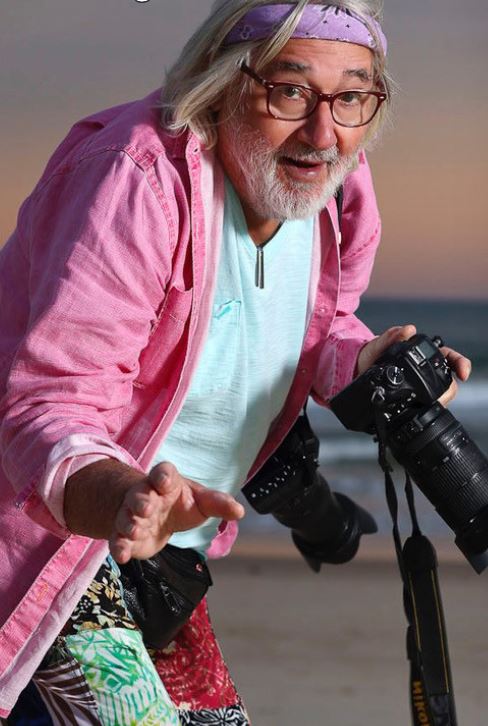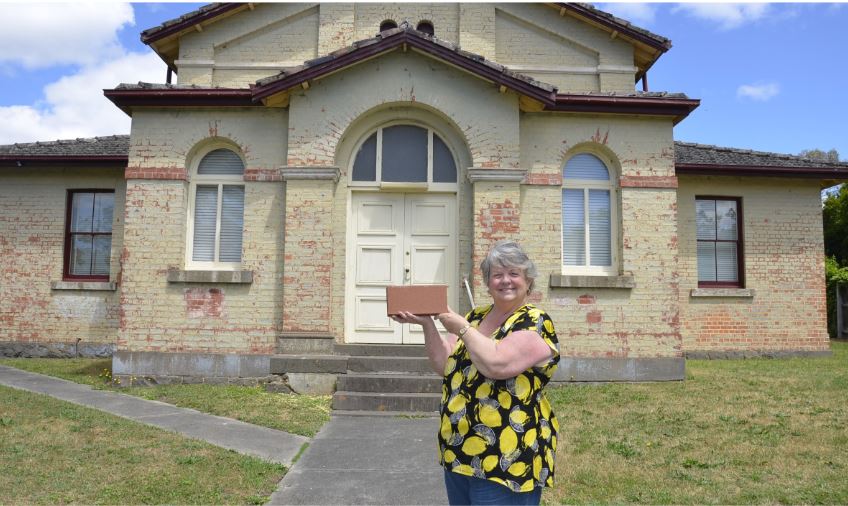August 29th, 2024Creative practice outside metropolitan life

Hepburn Shire Council has just recently endorsed its first Arts and Culture Strategy with the aim to provide a strategic framework for artists, art organisations, businesses and visitors to ferment a healthy arts culture.
It was compiled with the assistance of community feedback, surveys and interviews with relevant bodies such as regional museums, Daylesford Macedon Tourism and most importantly for sector support and funding opportunities, Regional Arts Victoria.
Regional Arts Victoria was formed in 1999 from the bones of the old Victorian Arts Council. It is an independent, not-for- profit organisation with over 700 members across the state.
They work in long-term partnerships at every level of government, encompassing all art forms of creative practice and artistic experience.
Due to their efforts regional art networks are growing stronger, giving cause for optimism among creatives outside of the big smoke, a trend being repeated here in our own shire.
Today, as demographic changes continue to reshape country Victoria and many local economies shift from predominantly primary industries such as logging, mining and agriculture to include tourism, lifestyle and services connected with population growth, creatives are becoming more assured about their place within those communities.
Jo Porter, academic, consultant and current CEO of Regional Arts Victoria, explains further: “I think there is a growing sense of confidence in being a regionally based artist and the understanding that one’s art form may be informed by its context but not be defined by that context.”
Jo has been involved with theatre production for many years from Circus Oz to executive producer duties at Malthouse Theatre and more.
Over the years much of that work has included touring programs across regional areas of Australia where she was and continues to be “inspired by the specificity of experience that feels available and possible in places where the natural environment is more immediate and people say hello in the street”.
With their focus on regionally based artists, the organisation is continuously engaging with the question of what creative practice means outside of metropolitan life.
And while the city/country divide may have become distinctly blurred over the years, the notion that regional simply means everything that isn’t in a city remains.
“However, when you are a practitioner in a regional setting,” says Jo “you acquire a very clear understanding of the granular diversity there is across all these little towns, big towns and all those areas where there are no towns at all.”
Having grown up in the bush, at a time when there were no mobiles or internet, three TV channels and one rubbish-littered two-lane highway passing through to the capital cities, I just assumed that anything interesting only happened in those places – be it theatre, painting exhibitions or whatever.
Maybe age changes your perspective on things but it certainly seems that opportunities have improved for bush-based artists over the years. Maybe I’m wrong. Perhaps I’m not seeing the complete picture?
“Nearly all of RAV’s staff are regionally-based.” says Jo.
“Eyes on the ground, you might say and some of them are specifically tasked with supporting people’s capabilities and helping their network make connections.
“I think that one of the things that’s changed is the sense of feeling closer to audiences and marketplaces.
“Today connectivity has become something that is taken for granted but it has only really come about in the past 15-20 years.”
As mentioned there is fresh resolve in the regional arts landscape and among its community for the arts to be supported from touring and promotion to assistance with professional development and employment.
And in doing so to dissolve the usual ingrained perceptions of some kind of disparity between urban and regional arts practice.
“You may have a different work context or a different set of ideas to explore because you walk out the door and see very different things, but it does not, or should not denote hierarchy. I do think that we are stepping away from that.”
Creative practice outside metropolitan life If anything acts as a stumbling block to the development of a meaningful arts environment in Hepburn Shire it is the ever-familiar argument about what should be prioritised with limited budgets, especially when the council is a fair bit into the red.
Why should we throw money at public sculpture or a youth arts space when our roads are in disrepair? Why should we spend money on venues when we need public housing? And so on.
“Traditionally there has just been focus on some hierarchy of needs,” says Jo. “That garbage collection and fixing the potholes should come first. But I would like to just move away from those binary conversations.
“If you are not investing in the whole system, then just fixing the roads or rubbish collection is not enough.
“No one is going to move to the regions if they can’t get a doctor and why would a doctor want to move here if they can’t send their kids to a school where there is a music teacher?”
Words: Tony Sawrey | Image: Contributed










